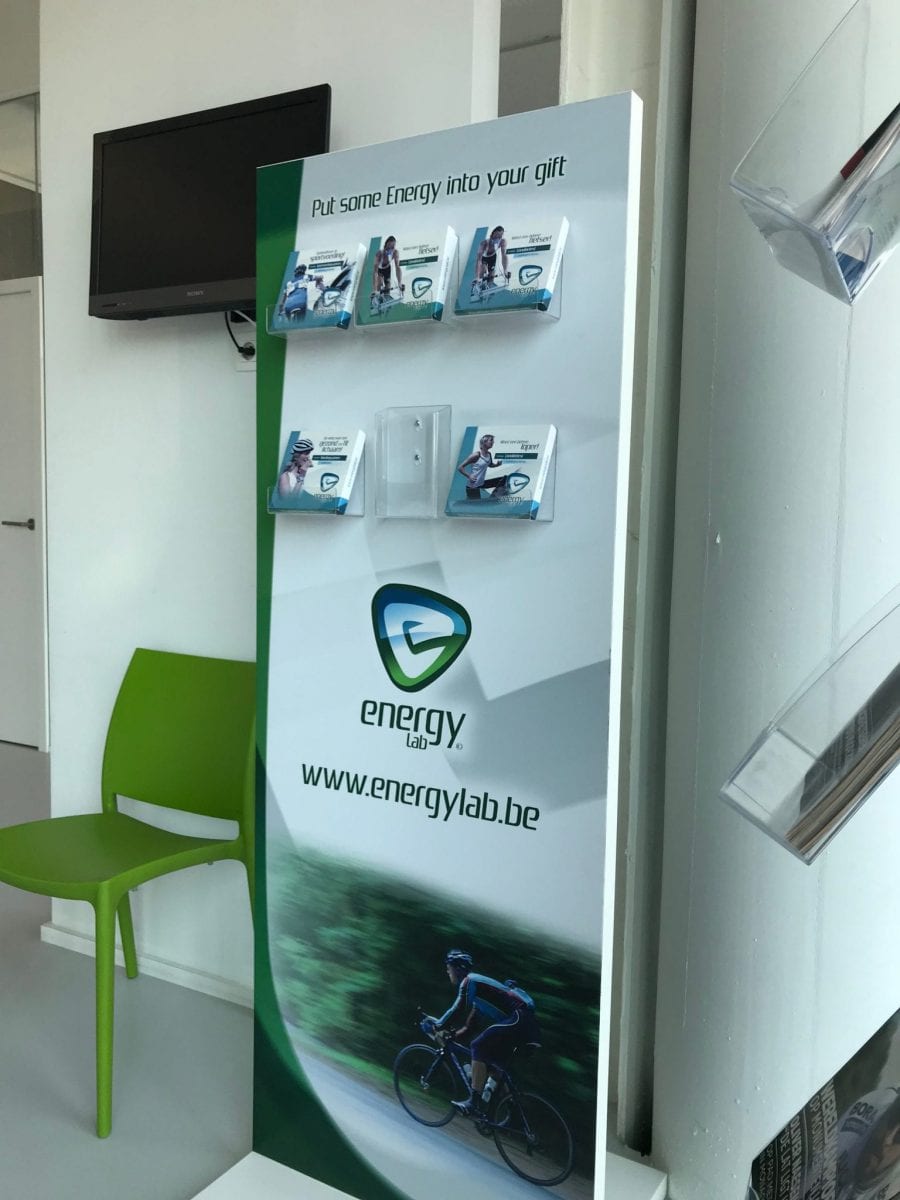I started doing marathons when I was a student. And looking back, I really made a mess out of it. I would train for weeks without decent rest, I would run too fast, too slow, too many long duration runs. And despite making a mess, I was able to run quite decent races. My PR on the marathon was a decent 3h25. But that’s a long time ago, so I found the Energylab fitness test (this sounds duper cheesy, but hear me out).
When I picked up running again later on in my career, I really wanted to do it differently. I really could not afford wasting hours and energy on training sessions, have an ineffective training or waste a weekend recovering from long runs (I had a family to take care of and really had to work on Mondays). I have developed quite a good understanding of when to listen to my body, when to take rest, etc … but where is the data?
In my job as a digital/marketing consultant I was used to making decisions based on hard facts and data – so why was this not available for my body?
Facts and feelings

So that’s when I found Energylab, a local (operating in Belgium and The Netherlands from Paal, Gent, Eindhoven and Rotterdam) test center that tests runners for fitness based on heart rate, intensity and lactic acid values. It was pretty much the closest thing I could find to a Google Analytics suite or a corporate quick scan for my body.
I now usually take a fitness test twice a year – usually at the start of a training cycle (0-measure – when I usually have done about a month and a half of training after a less active period) and then a few months later (1-measure), just a few months before the event I am training for (either a marathon like the Athens Marathon or another specific event). Each test is like a quick scan of my running body and based on it, it will tailor a specific training schedule.
For me, it is the basis of my running workouts. Although I tend to listen to my body, having a science-based base to work from, really makes the difference for me.
How does it work? The Energylab fitness test
The Energylab fitness test has five simple steps:
The intake interview for my Energylab fitness test
In the first 15-20 minutes, the specialist will ask for past performance, injuries, goals and available training time; all to get as complete a picture as possible of your objectives and expectations before the test starts.
I usually ask for the same person (shout out to Thijs) to do my test as he has built an understanding of my abilities over the years.
The Energylab fitness test
The fitness test consists of a slowly increasing effort on the treadmill. The test usually starts at a speed of either 7 or 8.5 kilometers per hour (km/h). Every 5 minutes, the specialist will take a small blood sample (usually from your earlobe), will check for your heart rate and will ask you for a subjective measure of your effort (a scale up to 20, ranging from super easy to super hard). After these 5 minutes, the speed of the treadmill will increase by 1.5 km/h (8.5-10-11.5-13-14.5-16-17.5-…). This until you have to tap out (I usually make it up to the 17.5 time block).
Scientific analysis of my Energylab fitness test

The test data is crunched by the specialist and results are presented in a report and include the test results, an analysis of the aerobe and anaerobe thresholds, an overview of your personal training zones and even predictions for your future 5k-marathon running times.

Training schedule
The test results are also translated in a customised 12-week training schedule, taking into account your objectives and available time. E.g. I asked for the long runs to be planned on Mondays (as I don’t want to do 2 hour runs during the weekend when I see my family), have special ‘sober’ runs (getting up early in the morning and run ) to burn some extra body fat and I have holidays and sports holidays (like my 2018 Corsica GR 20 thru hike) embedded into my training schedule.
This makes it a super easy to follow the training schedule. As it is custom fitted to your capabilities and time available, there are hardly any excuses now to not succeed 🙂
Extra: body scan

On top of this test, you can also get a body scan which analysis your body fat in different body areas and matches this with individuals in your personal age and fitness groups.
Insights from this were so-so, but it showed me I got some improvements to make if I really want to push the boundaries of what my body can do (I have a 20% body fat level and could lose up to 5 kilos of fat to improve performance).
Practical stuff and conclusions of my Energylab fitness test
I paid 190 euros for a 2-hour test, specialist advice and a 12 week training schedule tailored to my needs and capabilities. I booked the test directly via the Energylab website.
Although that’s not cheap, I truly feel it is totally worth it. The lactic acid test (in this case by Energylab) really helps me to optimize my trainings and reduce waste and inefficiencies.





